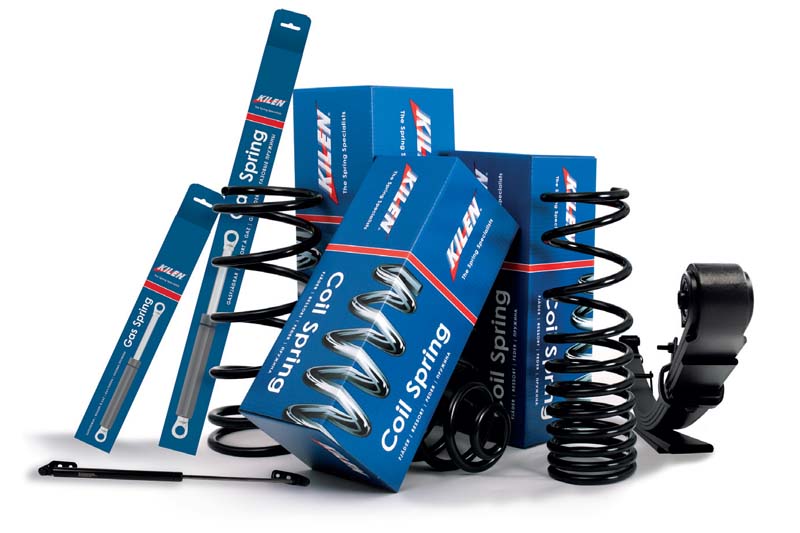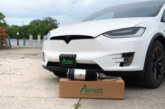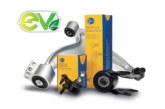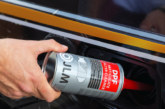
PMF speaks to Adrian McComas, Marketing Director at Marathon Warehouse Distribution, to discuss the company’s steering and suspension options.
Q. How important is the steering and suspension system to the safety of a vehicle?
Adrian McComas (AM): Absolutely critical! Clearly, if steering components are worn or sloppy, then the vehicle will not react precisely. For example, vehicles with worn steering components may not turn far enough when cornering, which of course could lead to accidents, particularly with oncoming traffic.
As well as delivering a comfortable ride, the other key part of the suspension’s job is to keep the vehicle in contact with the road. If the vehicle loses contact or if the contact is intermittent, then braking and steering become much less effective.
It’s vital that any replacement steering and suspension components that are fitted are of a quality that is at least as good as the original equipment. All steering and suspension components supplied by Marathon are certified to at least OE standards and are certified accordingly.
Q. Describe Marathon’s current steering and suspension offering. Are there any brands in particular that motor factors should be aware of?
AM: Marathon’s product partnerships feature some of the biggest names in the aftermarket; we have a huge offering when it comes to steering and suspension.
- FAI – Tie rod ends, ball joints, wishbones, link rods, bushes, subframe mountings, steering couplings
- Shaftec – Steering racks, radius arms
- NK Automotive – Shock absorbers, niche control arms (Qashqai/XTrail)
- Ashika – Shock absorbers, niche applications (Honda Accord Link Rod)
- Kilen Springs – Coil, leaf, gas springs
All of these brands are available for fast, frequent, same-day delivery.
Q. With a growing emphasis on electric-powered steering, what are your views on the growth of hybrid and electric technology, and how does it stand to benefit the aftermarket?
AM: Hybrid power steering systems are an evolution from fully hydraulic systems where an electrically driven pump is used instead of a belt driven pump.
A fully electric power steering system (EPS) features sensors that ‘decide’ if the driver needs assistance and delivers the amount of assistance required via electric motors.
As early as 1965, Ford was experimenting with an electrically assisted steering system and used it on the experimental Mercury Park Lane, which, instead of a steering wheel, had two five inch rings instead of a steering wheel!
In terms of driver benefits, EPS can help to make cars more fuel efficient. Unlike hydraulic systems, where the pump is permanently ‘dragging’ on the engine, causing ‘parasitic loss’, EPS systems only use energy when required.
Like all ‘new’ technologies, it’s difficult to accurately quantify what opportunities may occur as vehicles and the car parc in general get older. It may well be that as unit sales decrease, the unit values will increase. Plus, of course, we may well see an increase in the sales of associated products, such as batteries, and new opportunities with sensors, modules and the like.







